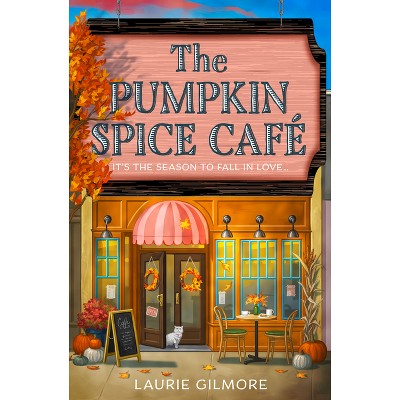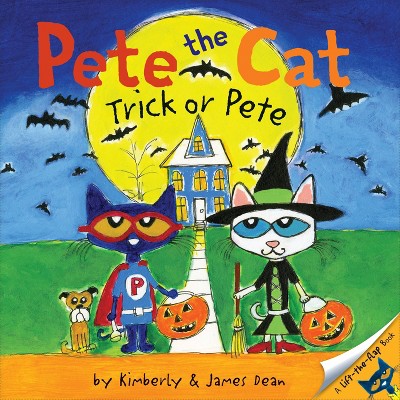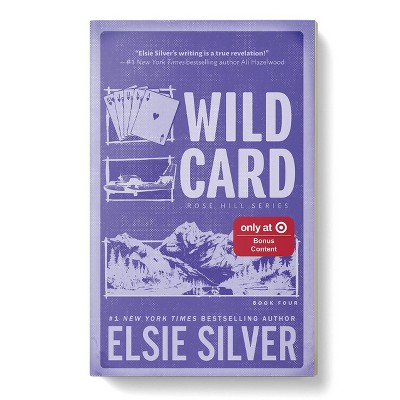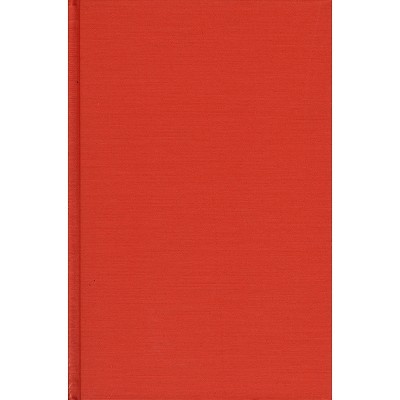Sponsored

Unpainted to the Last - by Elizabeth A Schultz (Paperback)
In Stock
Sponsored
About this item
Highlights
- Endlessly pursued but ever elusive, Moby-Dick roams freely throughout the American imagination.
- Author(s): Elizabeth A Schultz
- 400 Pages
- Literary Criticism, American
Description
Book Synopsis
Endlessly pursued but ever elusive, Moby-Dick roams freely throughout the American imagination. A fathomless source for literary exploration, Melville's masterpiece has also inspired a stunning array of book illustrations, prints, comics, paintings, sculptures, mixed media, and even architectural designs. Innovative and lavishly illustrated, Unpainted to the Last illuminates this impressive body of work and shows how it opens up our understanding of both Moby-Dick and twentieth-century American art. Deftly interweaving words with images, Elizabeth Schultz radically reframes our most famous literary symbol and provides a profoundly new way of "reading" one of the key texts in American literature. Ranging from the realists to the abstract expressionists, from the famous to the obscure, Schultz reveals how these artists have tried both to capture the essence of Moby-Dick's many meanings and to use it as a springboard for their own provocative imaginations. The most continuously, frequently, and diversely illustrated of all American novels, Moby-Dick has attracted some remarkable book illustrators in Rockwell Kent, Boardman Robinson, Garrick Palmer, Barry Moser, and Bill Sienkiewicz, among others represented here. It has also inspired extraordinary creations by such prominent artists as Jackson Pollock, Frank Stella, Sam Francis, Benton Spruance, Leonard Baskin, Theodoros Stamos, Richard Ellis, Ralph Goings, Seymour Lipton, Walter Martin, Tony Rosenthal, Richard Serra, and Theodore Roszak. The artists reflect in equal measure the novel's realistic (plot, character, natural history) and philosophical modes, its visual and visionary dimensions. Some, like the obsessed and haunted Gilbert Wilson, claim Moby-Dick as their "Bible." Still others view the novel as a touchstone for feminist, multicultural, and environmentalist themes, or mock its status as a cultural icon. Schultz demonstrates how these and many other diverse talents enlarge our appreciation of Moby-Dick and how literature and art can amplify each other's meanings and achievements. Yet ultimately she, like Melville, concludes that the great white whale remains unpainted and unread in any absolute or final sense.From the Back Cover
'Combining a keen appreciation for literature with an equal one for art, Schultz gives new illumination to an American masterwork, literally illustrating its enduring greatness.' - Charles C. Eldredge, former director of the National Museum of American Art and author of Georgia O'Keeffe: American and ModernReview Quotes
"A sumptuous, oversized album devoted to the ways that artists have illustrated Moby-Dick."--Washington Post Book World
"Remarkable--indeed, staggering--in its comprehensiveness."--Chicago Tribune
"An archival feat yielding a substantial and attractive resource for any future inquiries into the subject of the relationship between Moby-Dick and the pictorial arts."--American Literature
"Schultz's engaging and energetic book will remain an instructive resource for future inquiries into Melville and the visual arts--one for discussion, one for points of departure."--American Studies
"This is a rich and readable book, brilliantly conceived, wonderfully illustrated (how could it be otherwise?), and seamlessly executed."--American Neptune
"A major work."--New England Quarterly
"Richly illustrated and thoroughly documented, Schultz's book is both a powerful work of scholarship and a provocative interpretation bound to stimulate a general readership as well as faculty and researchers."--Choice
"Moby-Dick is America's essential 'big book: ' physically daunting in sheer number of pages; cosmic and endlessly mysterious in its iconography; epic in the sweep of the story--and, for all of those reasons, irresistible to visual artists. In this riveting study Schultz follows her whale through uncharted waters, daring to discuss comic-book versions of Moby-Dick and collectible glass whales alongside the paintings of Jackson Pollock. The result is a rich and dazzling exploration of texts--visual and verbal--and contexts, centered on the problem of abstraction in the art of our century."--Karal Ann Marling, author of As Seen on TV: The Visual Culture of Everyday Life in the 1950s
"Melville readers both old and new will rub their delighted eyes to behold the unexpected vistas spread in this sophisticated, closely detailed, and profusely illustrated book. It will take its place on the short list of major Melville studies and offers an appealing new approach for interpreting Moby-Dick."--Harrison Hayford, general editor of The Writings of Herman Melville
"Combining a keen appreciation for literature with an equal one for art, Schultz gives new illumination to an American masterwork, literally illustrating its enduring greatness."--Charles C. Eldredge, former director of the National Museum of American Art and author of Georgia O'Keeffe: American and Modern
"This is a prodigious and brilliantly realized work that does something so imaginative yet so obvious that readers will wonder why it has not been done before. The range of artists Schultz addresses is staggering and her understanding of Moby-Dick is superb."--Robert K. Wallace, author of Melville and Turner: Spheres of Love and Fright











